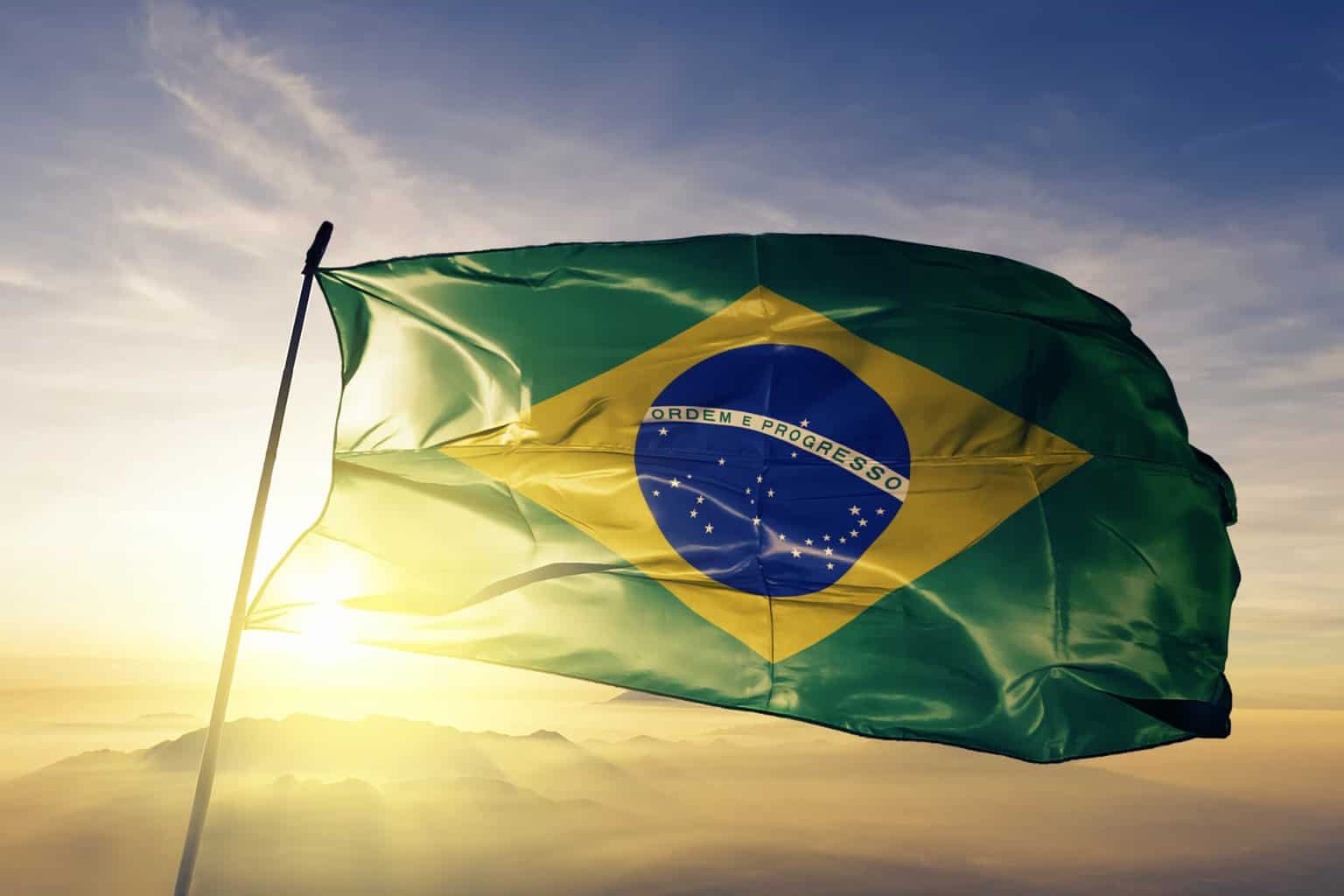8 Surprising Secrets Of The Brazilian Flag

Ever wondered about the Brazilian flag? This iconic symbol holds more than just green, yellow, blue, and white. Each color and design element has a unique story. The green represents Brazil's lush forests, while the yellow symbolizes its wealth in gold. The blue globe with 27 stars mirrors the night sky over Rio de Janeiro on November 15, 1889, the day Brazil became a republic. The white band with the motto "Ordem e Progresso" translates to "Order and Progress." But there's more to this flag than meets the eye. Let's uncover eight surprising secrets that make the Brazilian flag truly special.
The Colors of the Brazilian Flag
The Brazilian flag is a vibrant symbol of the nation's identity. Each color holds a special meaning, reflecting Brazil's rich history and culture. Let's dive into the secrets behind these colors.
Green: Represents Brazil's lush forests and natural wealth. It symbolizes the country's vast Amazon rainforest and its commitment to preserving nature.
Yellow: Stands for the country's abundant gold reserves. It also signifies the wealth and prosperity of Brazil's land and people.
Blue: Represents the sky over Rio de Janeiro on the night of November 15, 1889, when Brazil became a republic. The blue circle with stars symbolizes the night sky and the unity of the states.
White: Symbolizes peace and unity. The white band with the national motto "Ordem e Progresso" (Order and Progress) reflects Brazil's aspirations for harmony and development.
The Stars on the Brazilian Flag
The stars on the Brazilian flag are not just random decorations. They hold significant meaning and represent different aspects of the country.
Constellations: The stars form the constellation of the Southern Cross, a prominent feature in the southern hemisphere's night sky. This constellation is a symbol of Brazil's geographical location.
Individual States: Each star represents one of Brazil's 26 states and the Federal District. The stars' positions on the flag correspond to their locations in the sky over Rio de Janeiro on the night Brazil became a republic.
The National Motto
The Brazilian flag features a national motto that reflects the country's values and aspirations. This motto is more than just words; it carries deep significance.
- Order and Progress: The motto "Ordem e Progresso" is inspired by the positivist philosophy of Auguste Comte. It emphasizes the importance of maintaining order and striving for progress in society.
The Flag's Design Evolution
The design of the Brazilian flag has evolved over time, reflecting changes in the country's political landscape and identity.
- Imperial Flag: Before the current flag, Brazil had an imperial flag during the monarchy. The imperial flag featured a green field with a yellow diamond and the imperial coat of arms in the center. The current flag design was adopted after Brazil became a republic in 1889.
The Brazilian Flag's Hidden Stories
The Brazilian flag is more than just a symbol. Each element tells a story about the country's history, geography, and values. The green and yellow colors represent the lush forests and wealth of resources. The blue globe with stars mirrors the night sky over Rio de Janeiro on November 15, 1889, the day Brazil became a republic. The motto "Ordem e Progresso" reflects the nation's aspirations for order and progress.
Understanding these secrets adds depth to our appreciation of the flag. It’s a reminder of Brazil's rich heritage and diverse culture. Next time you see the flag, think about the stories it holds. Whether you're a history buff or just curious, these insights make the Brazilian flag even more fascinating. So, keep exploring and learning about the symbols that shape our world.

